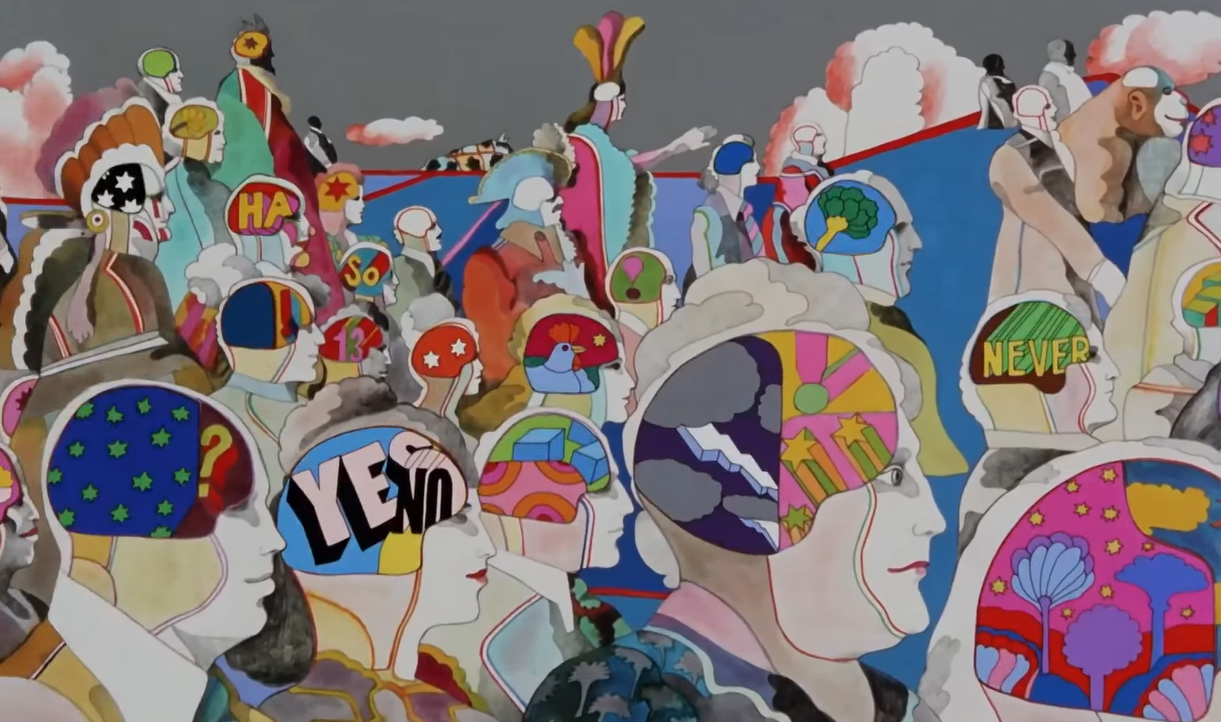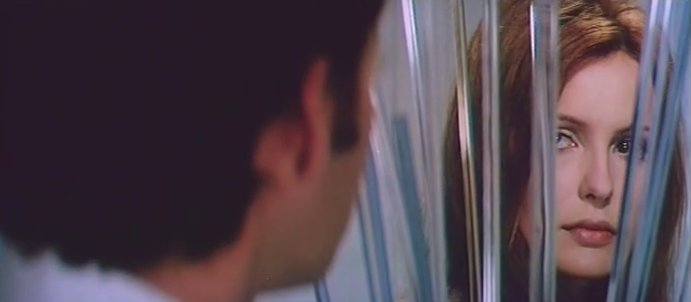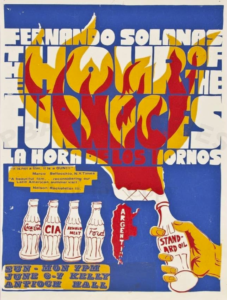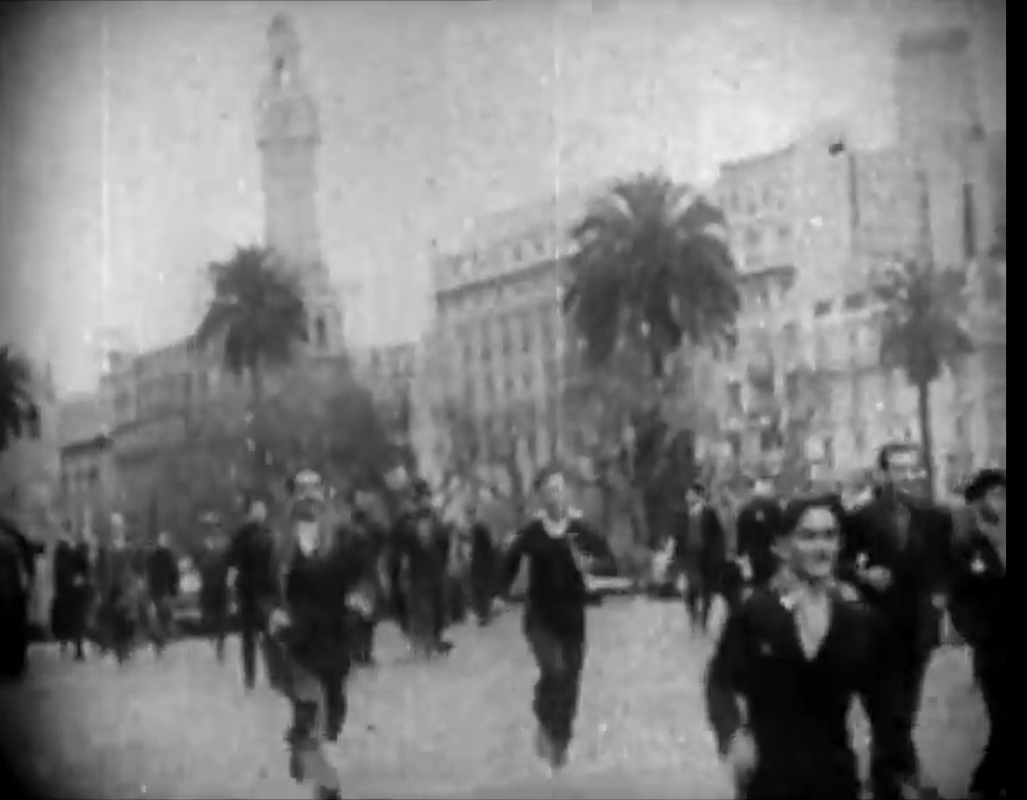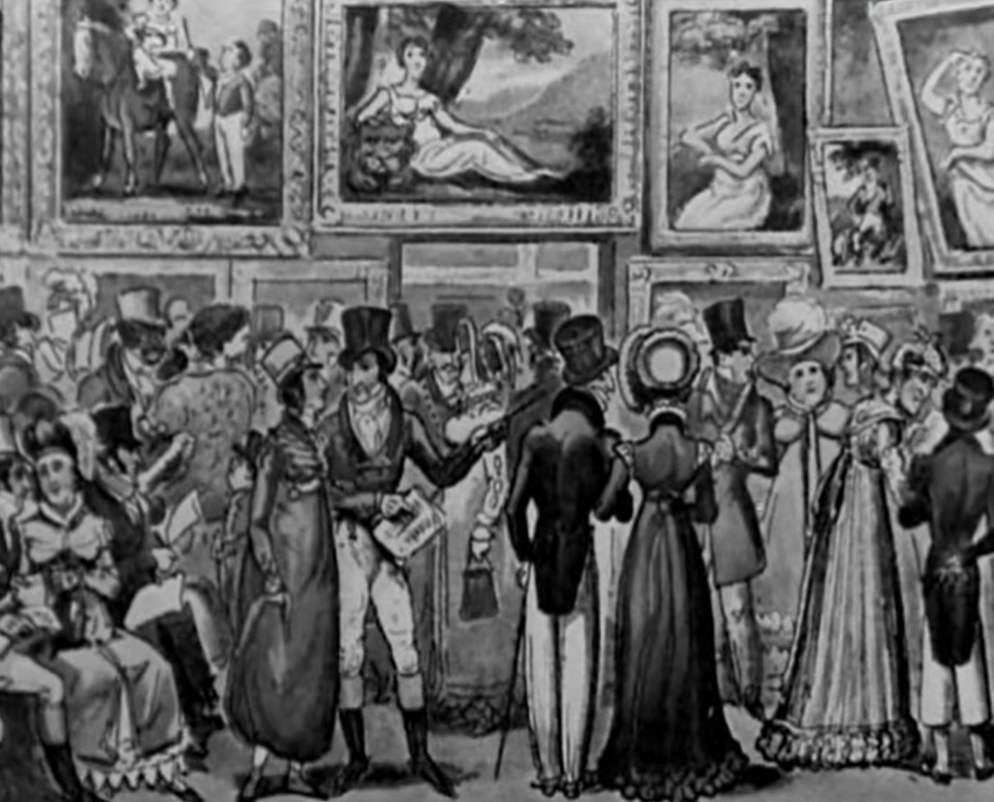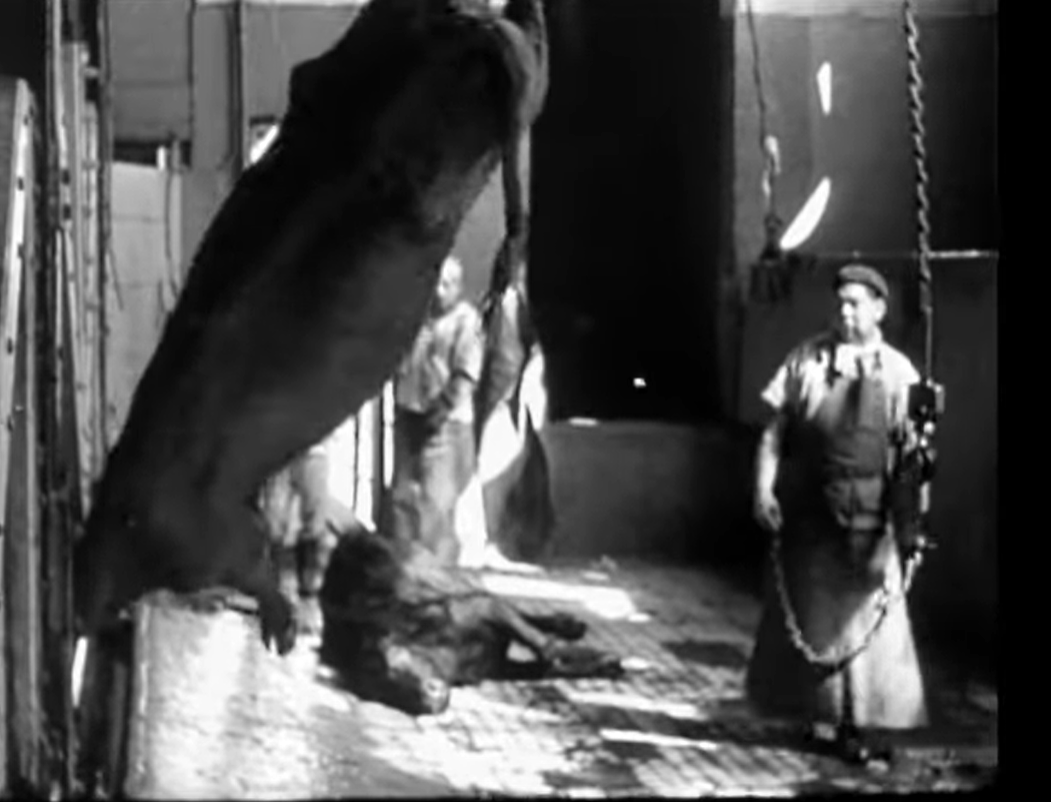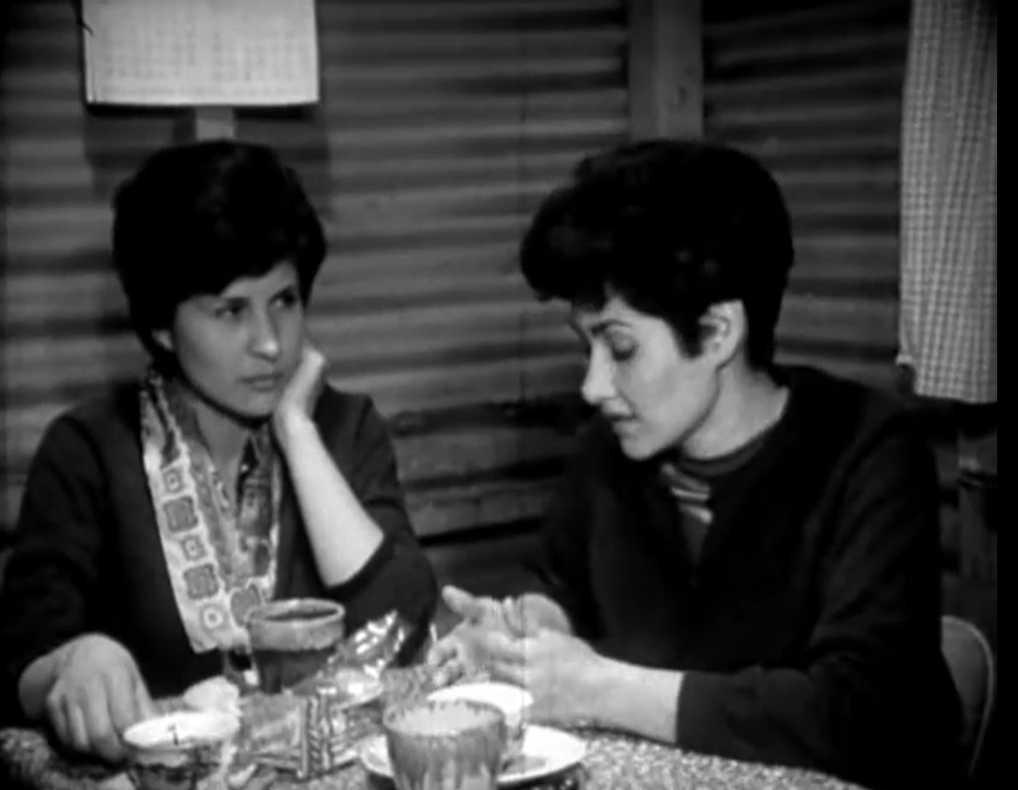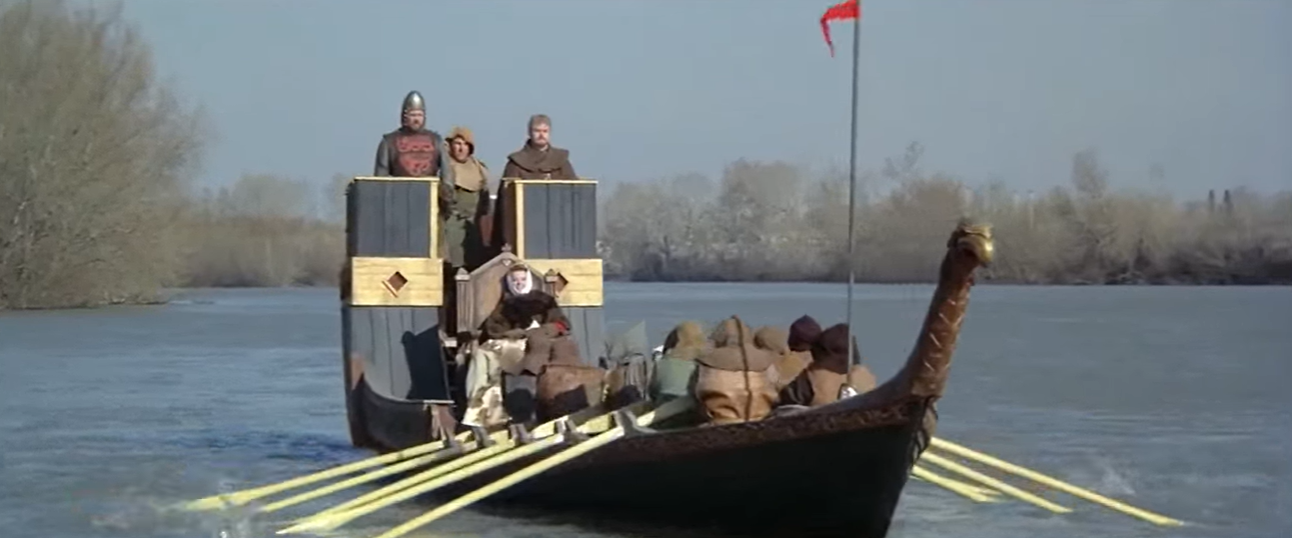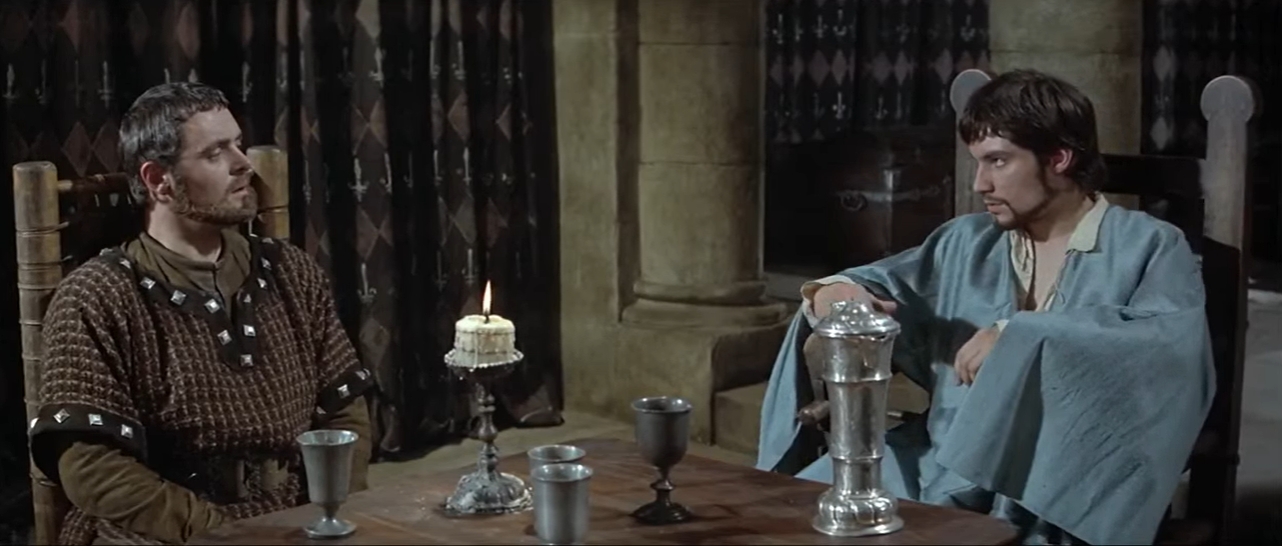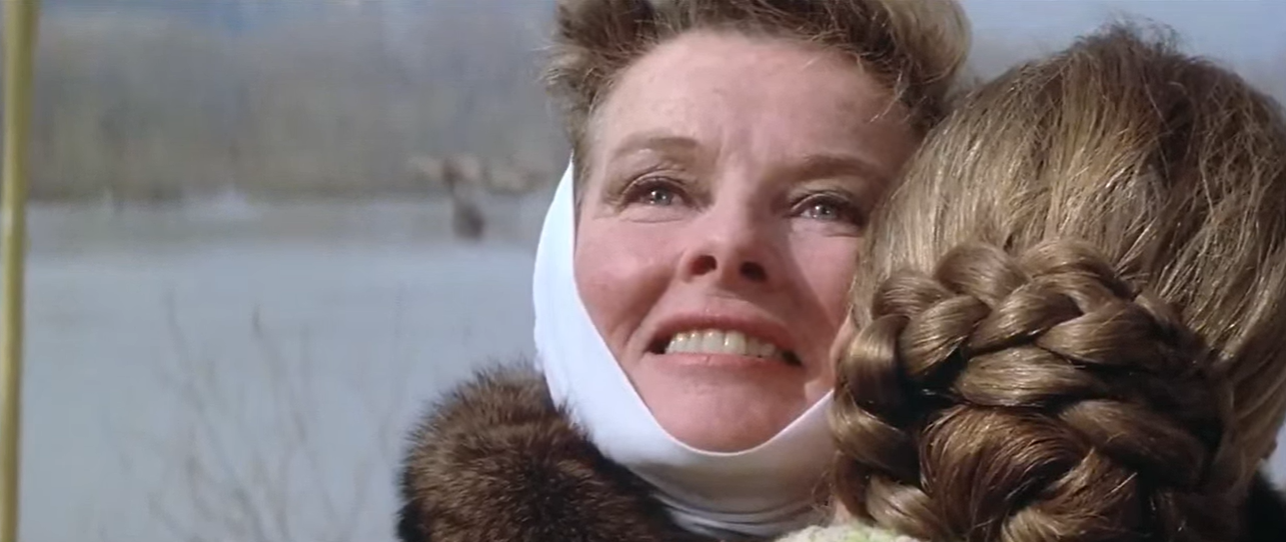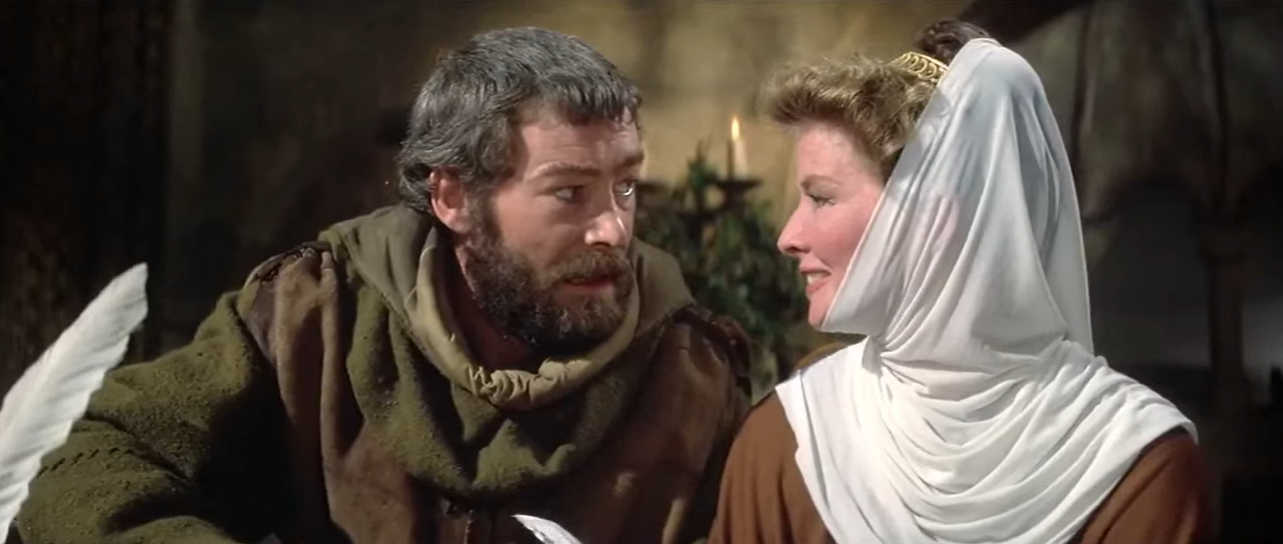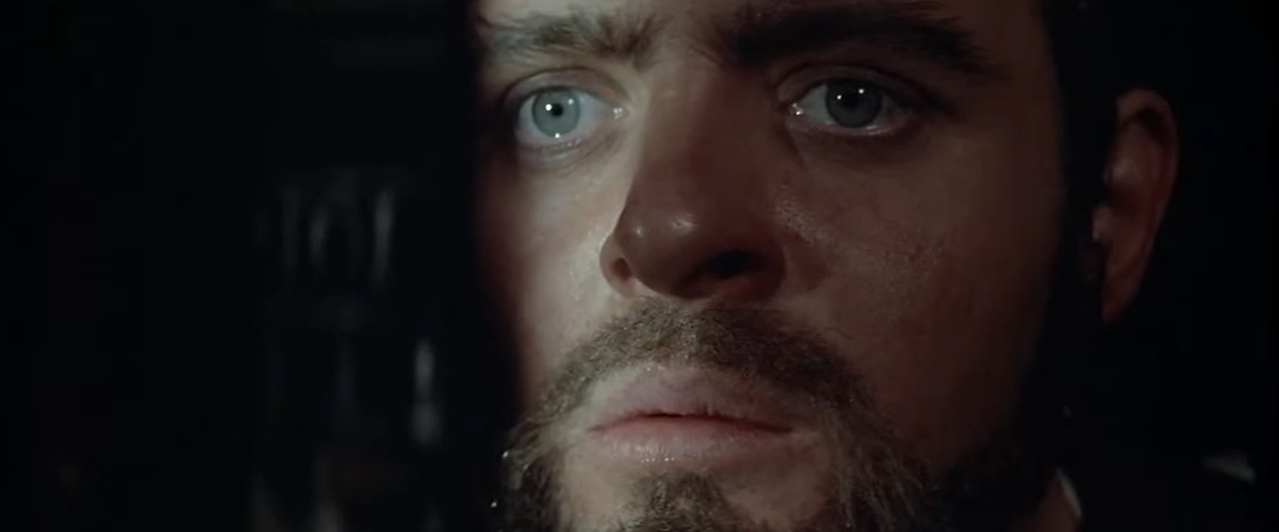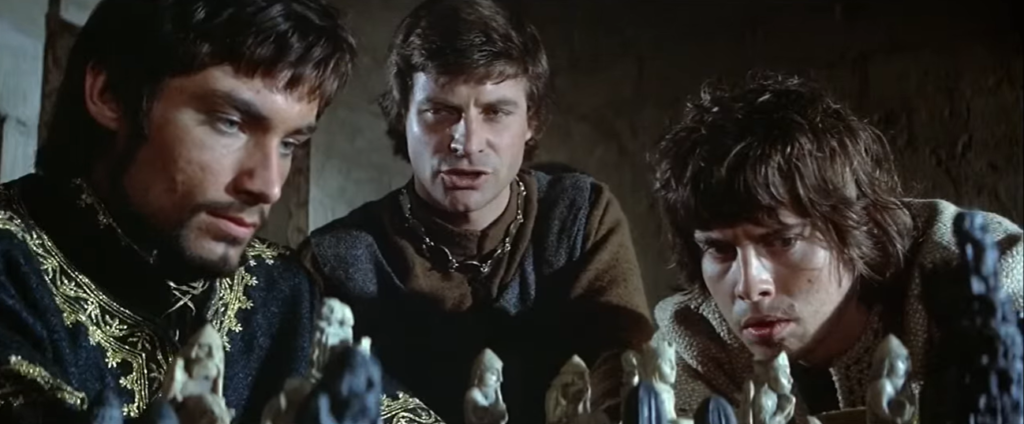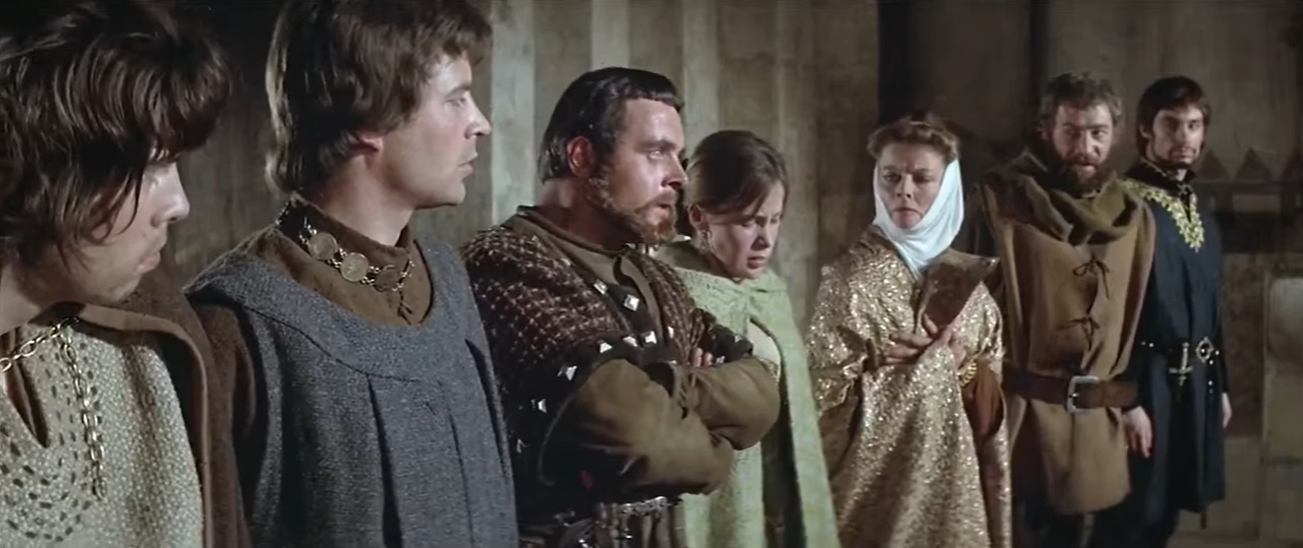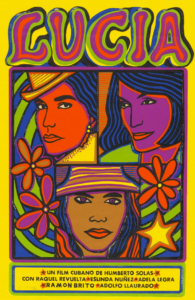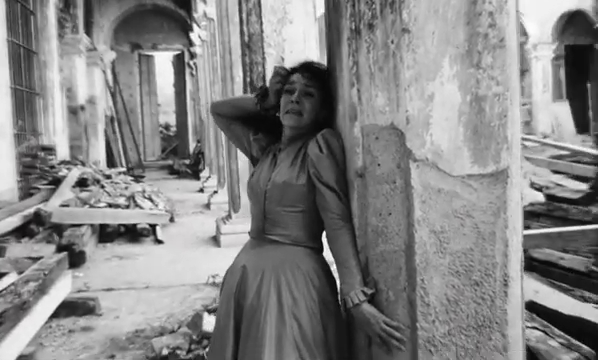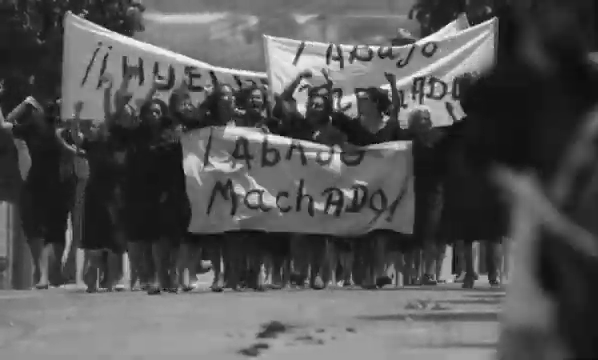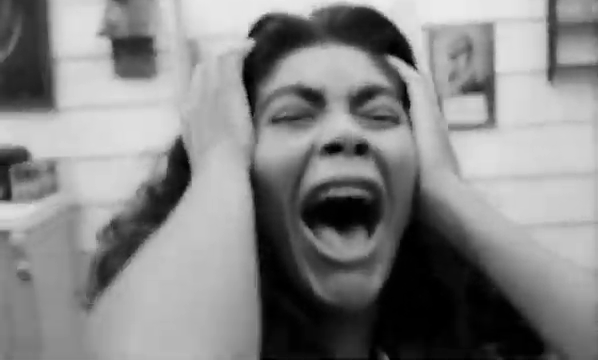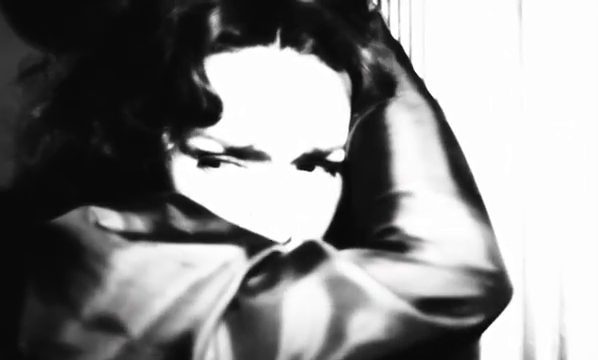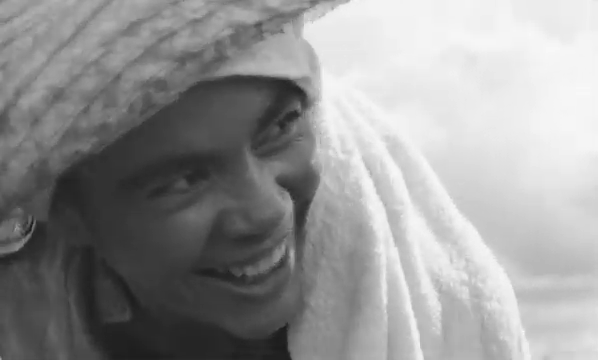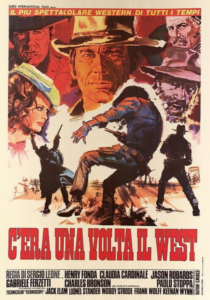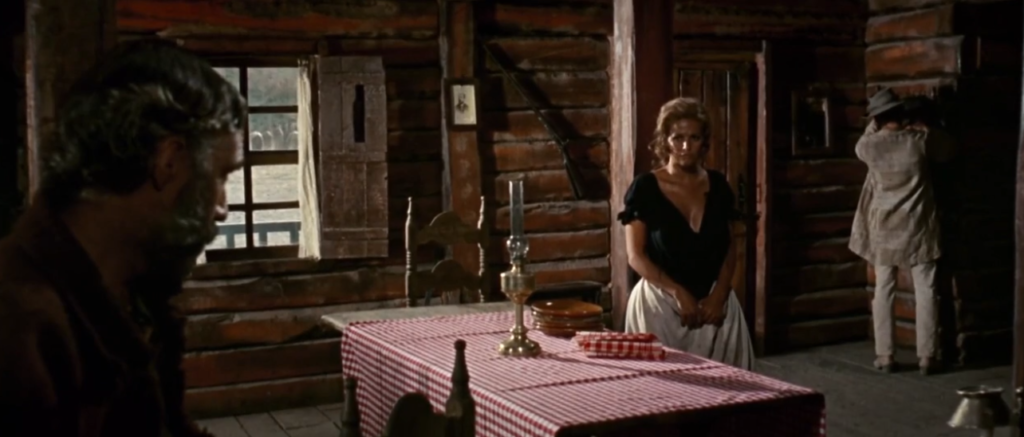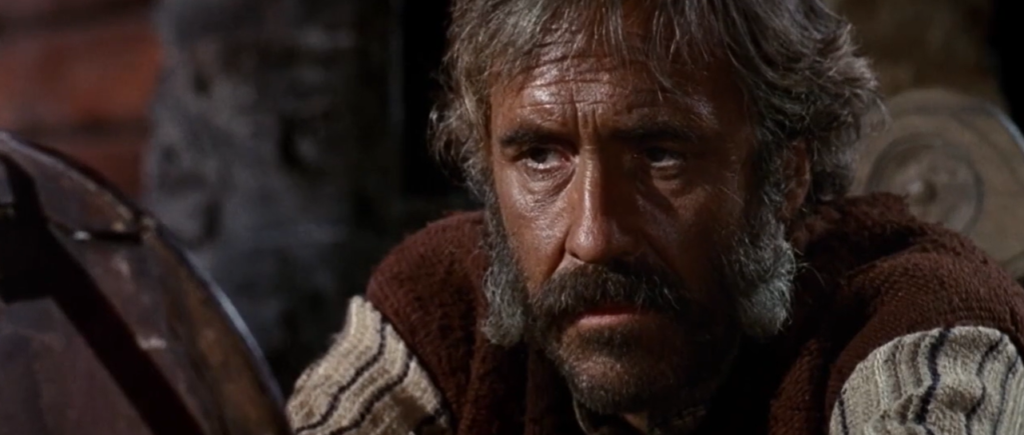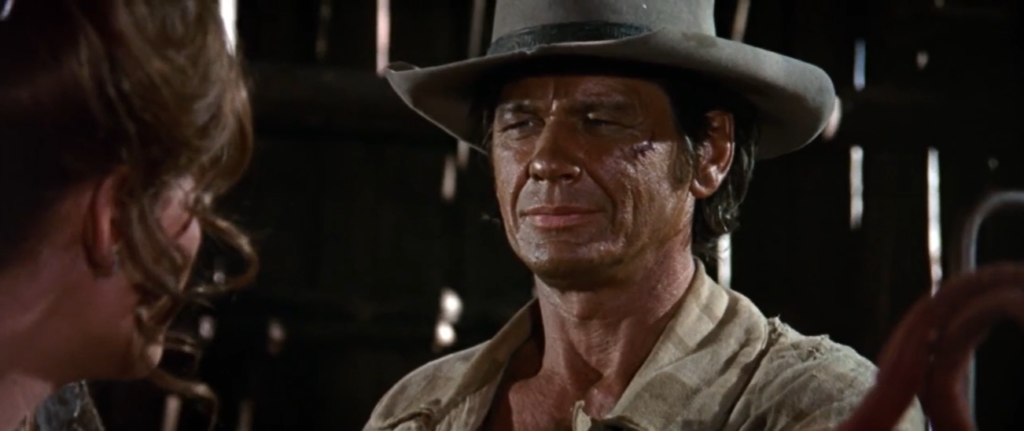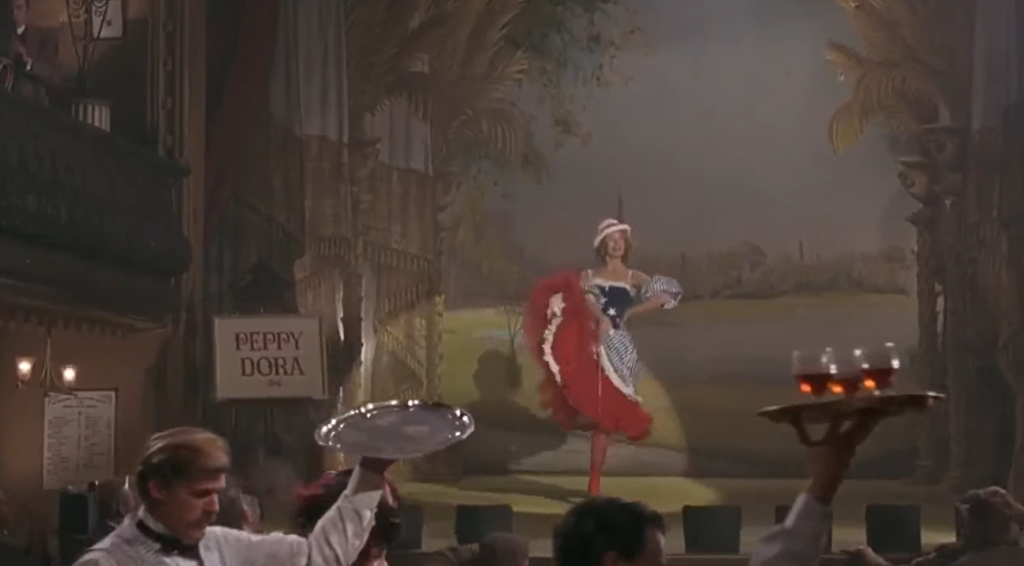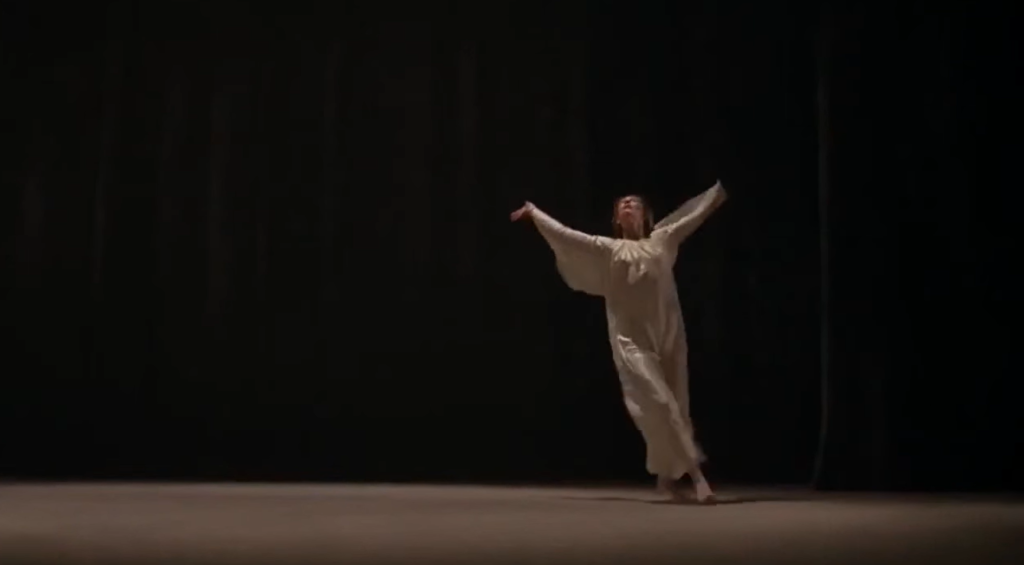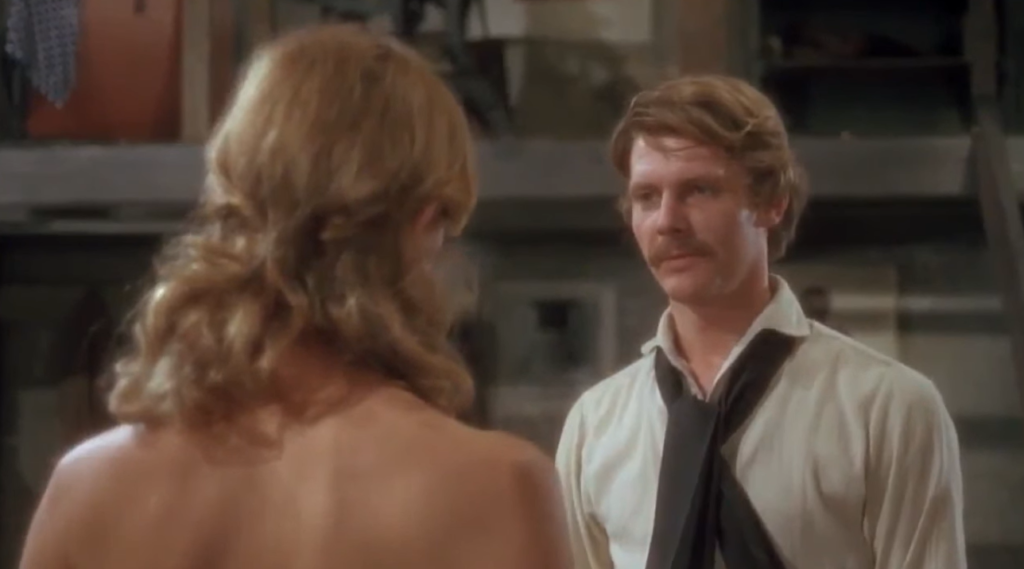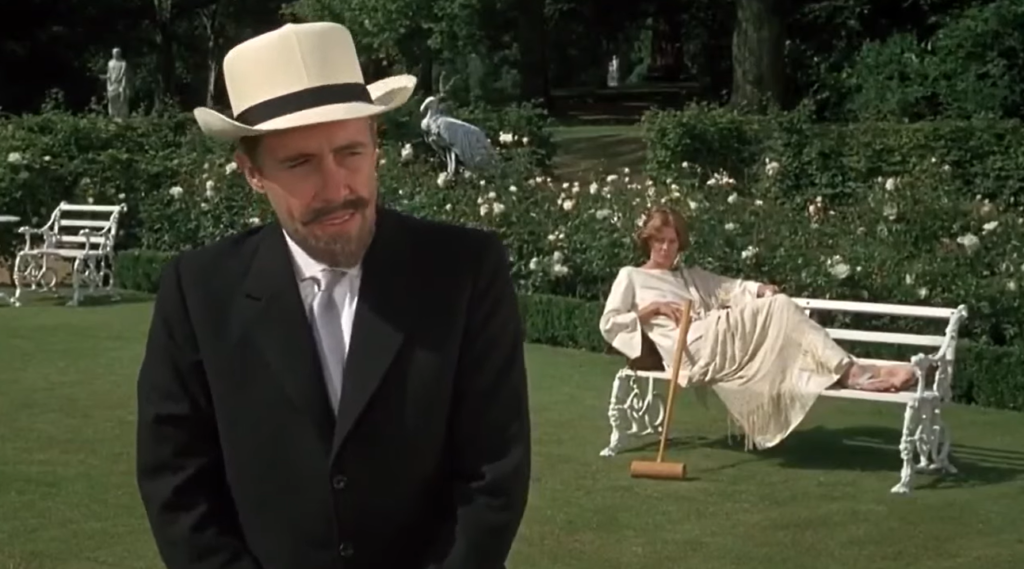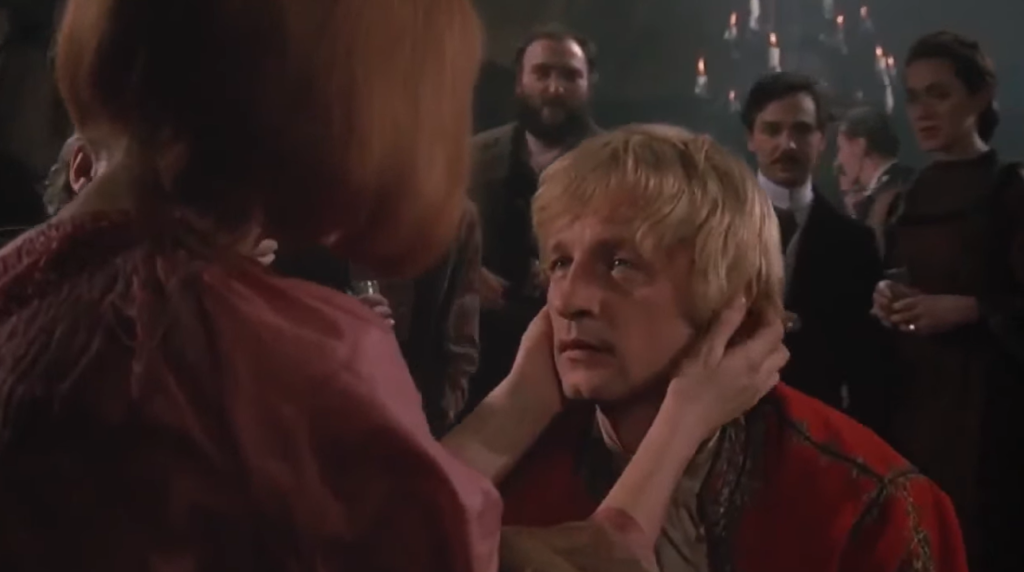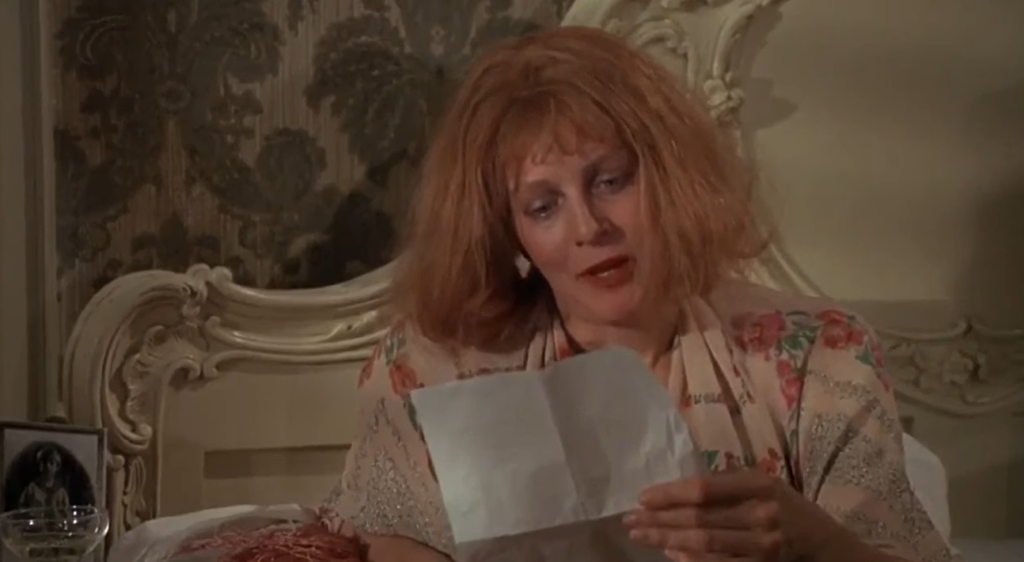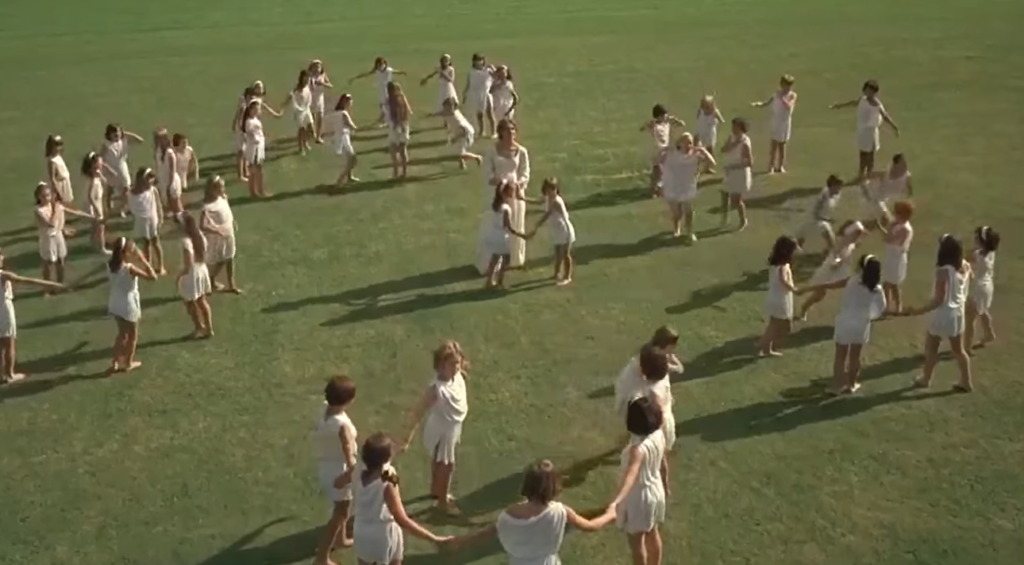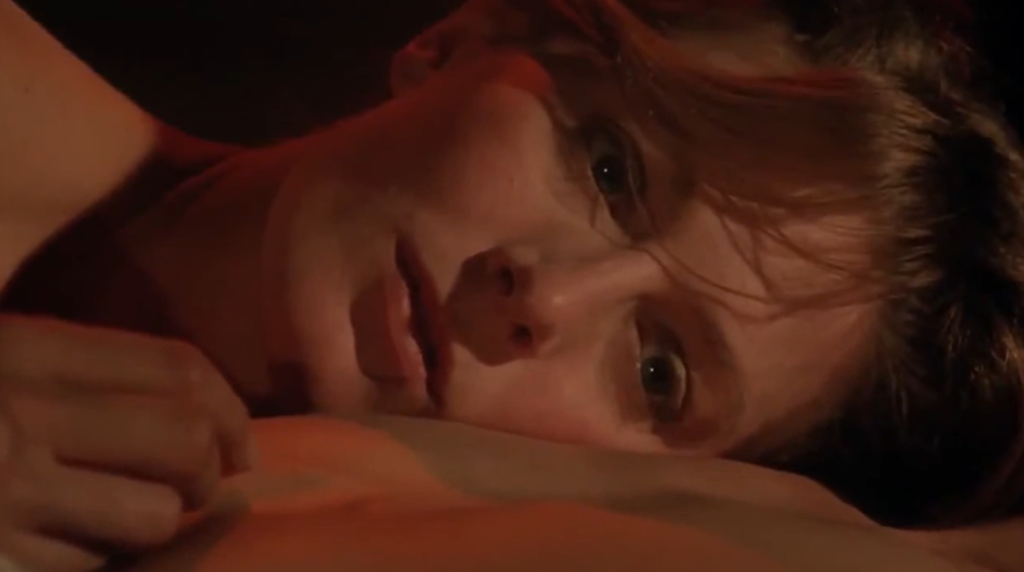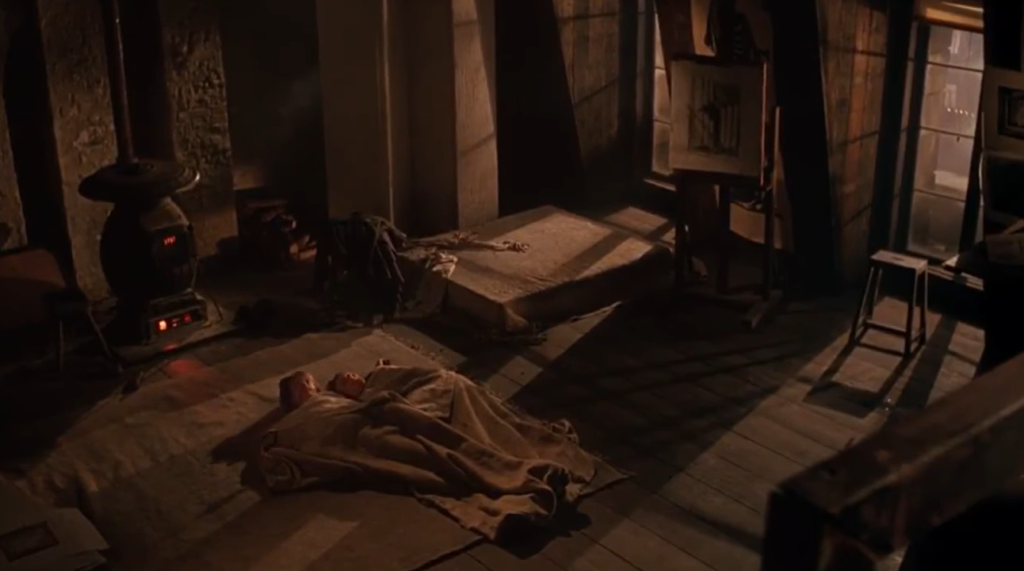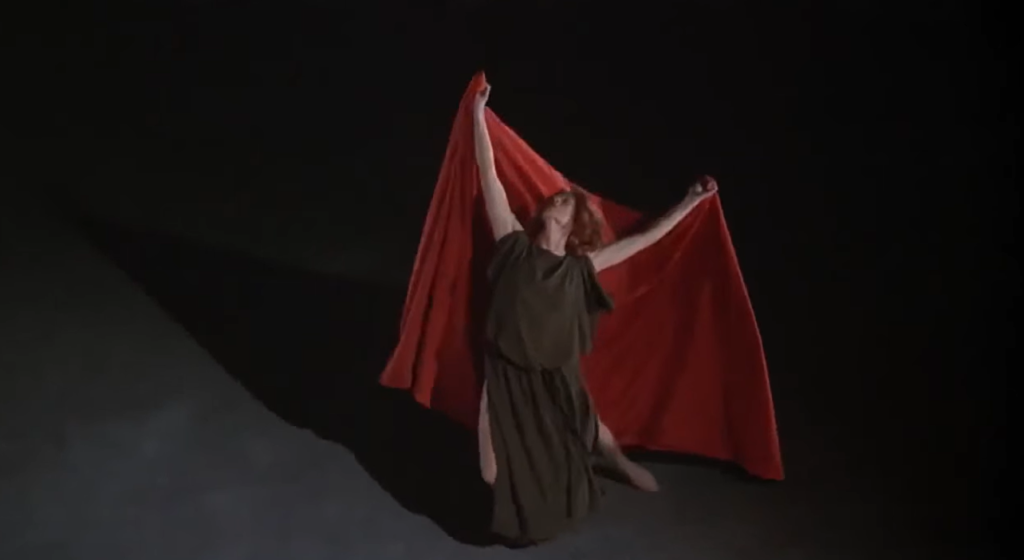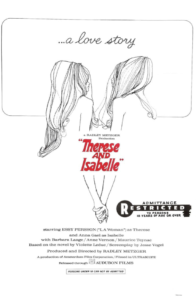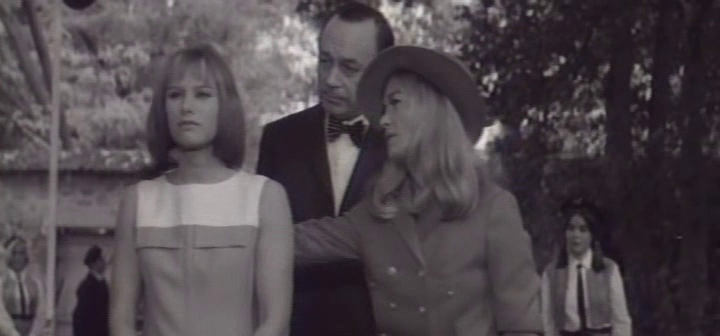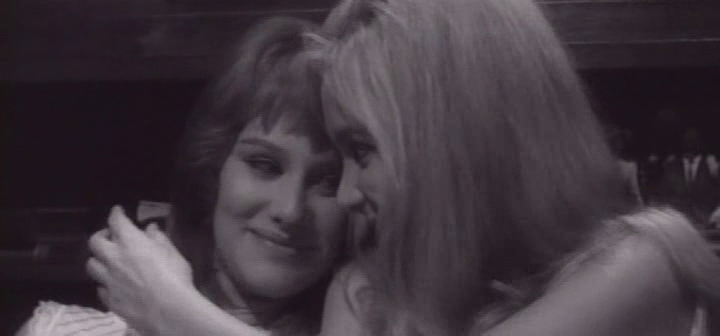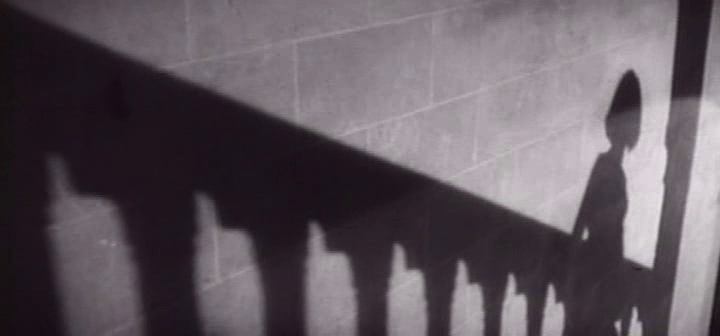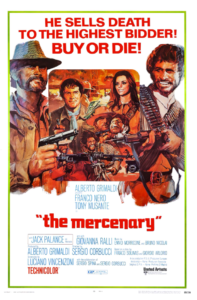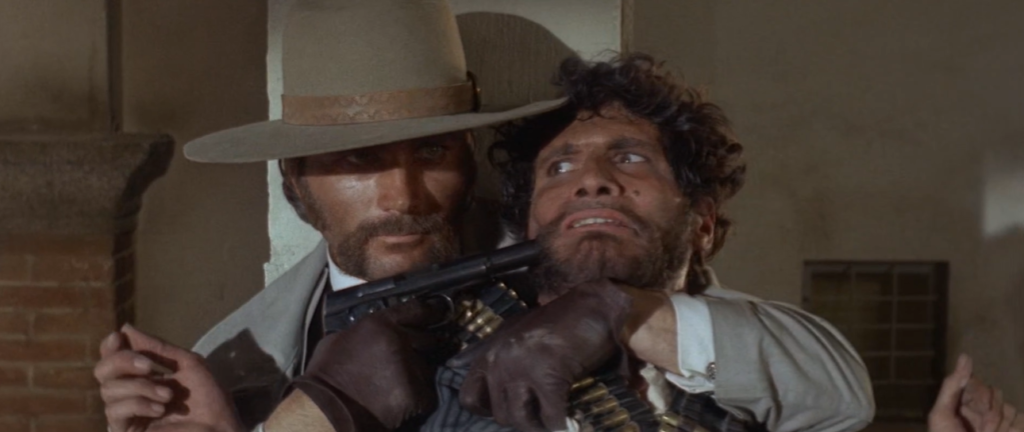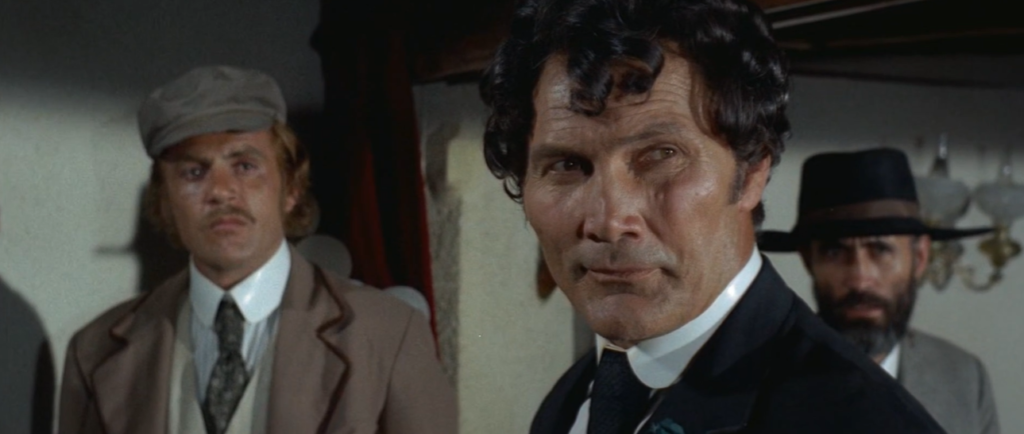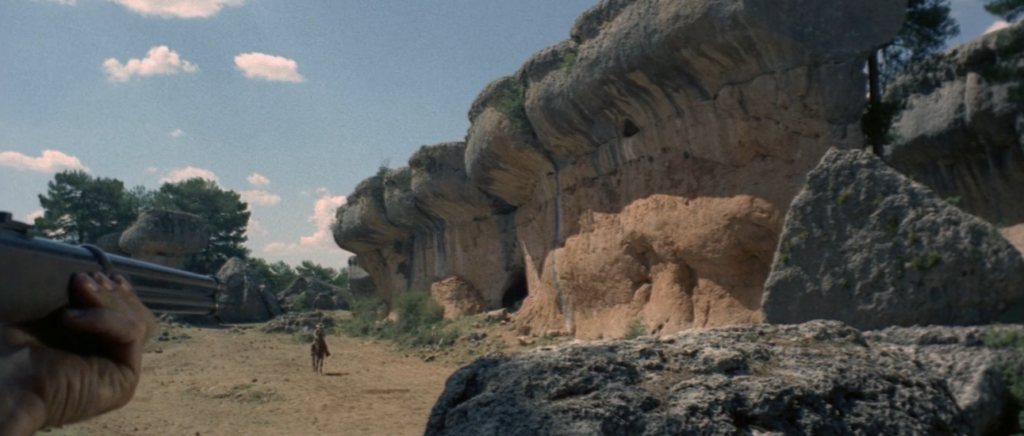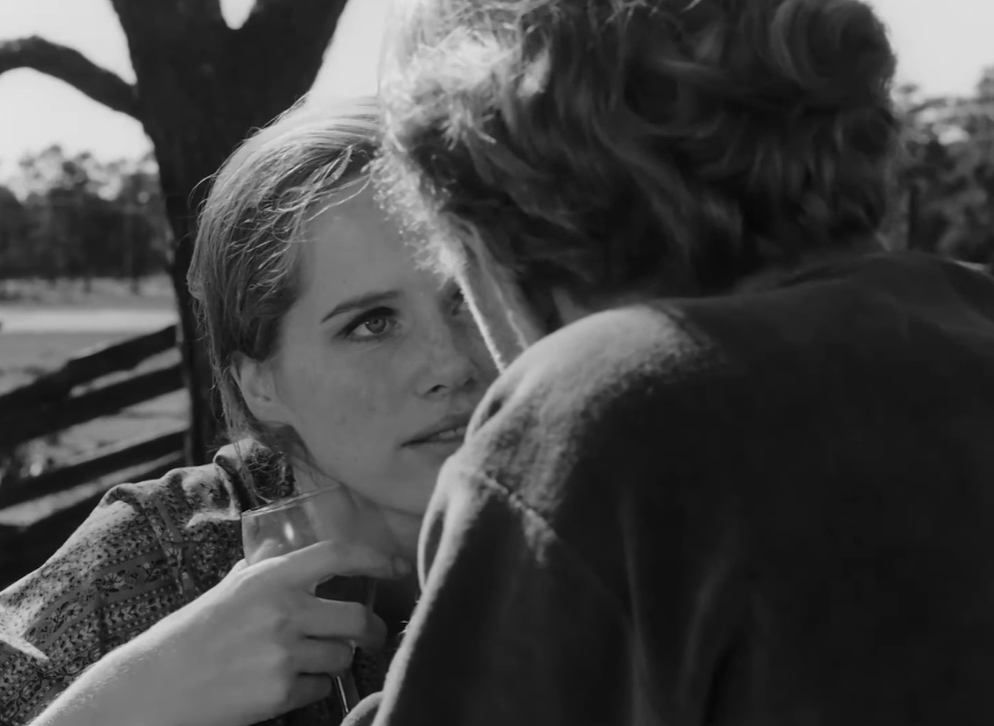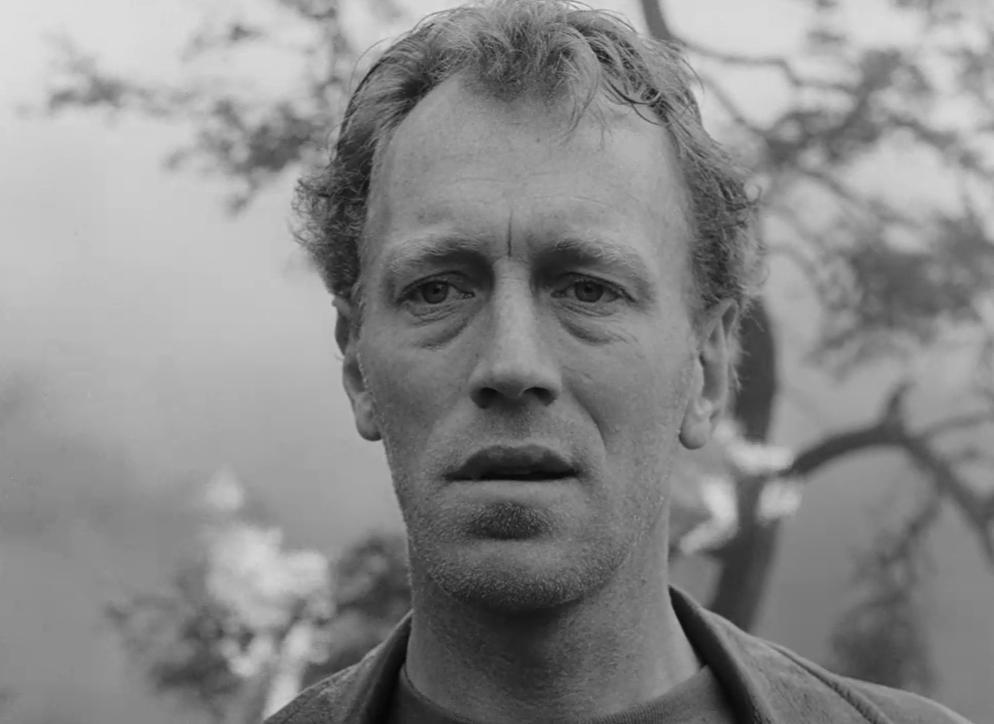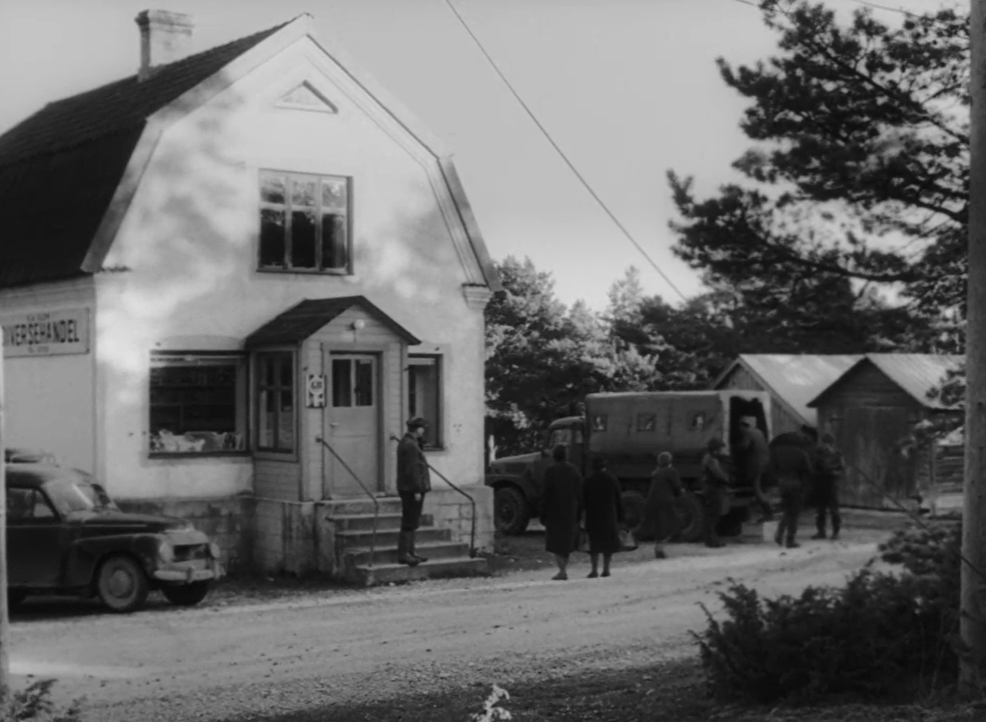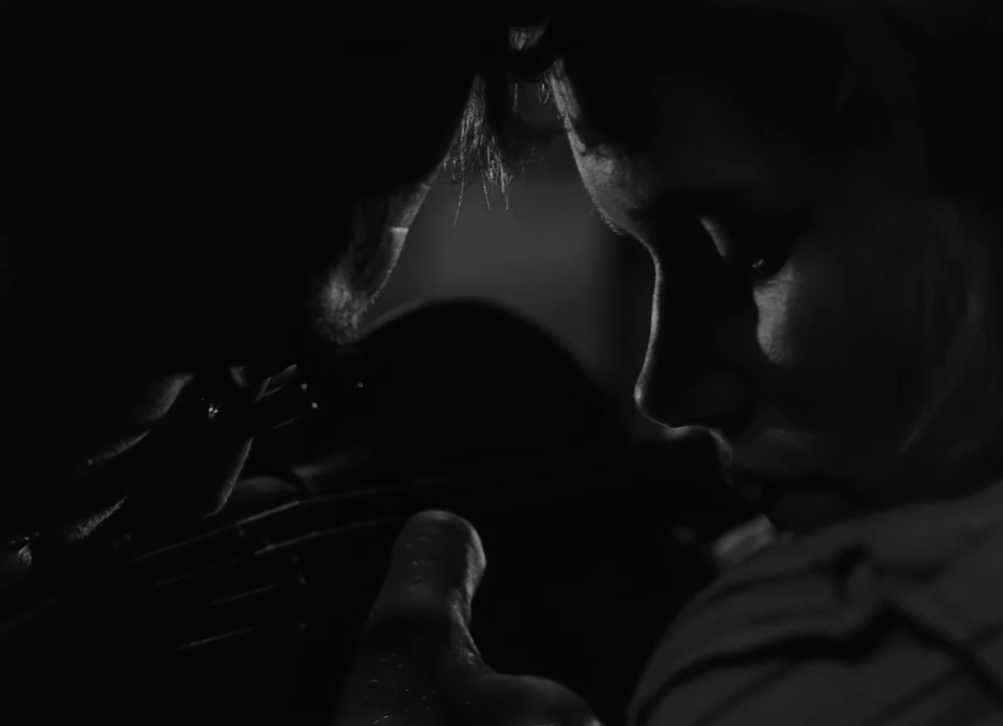Reflections on Must-See Films From 1968
I just watched the final title from 1968 listed in Peary’s Guide for the Film Fanatic, and am ready to reflect and share my thoughts. Thankfully, it was another good year for movies!
- Out of 89 total titles, I voted 44 (or ~50%) must-see. Of these, 10 are in a language other than English: one is in Japanese, one is in Wolof-and-French, two (both by Ingmar Bergman) are in Swedish, three are in Spanish, and three are in French (one by Demy, one by Truffaut, and one by Chabrol). We definitely see the strong emergence of Third Cinema (i.e., non-Hollywood and European movies) this year — specifically Ousmane Sembane’s relentlessly depressing Senegalese film Mandabi (1968) and all three of the Spanish-language titles: two from Cuba — Memories of Underdevelopment and Lucia — and one, The Hour of the Furnaces, from Argentina.
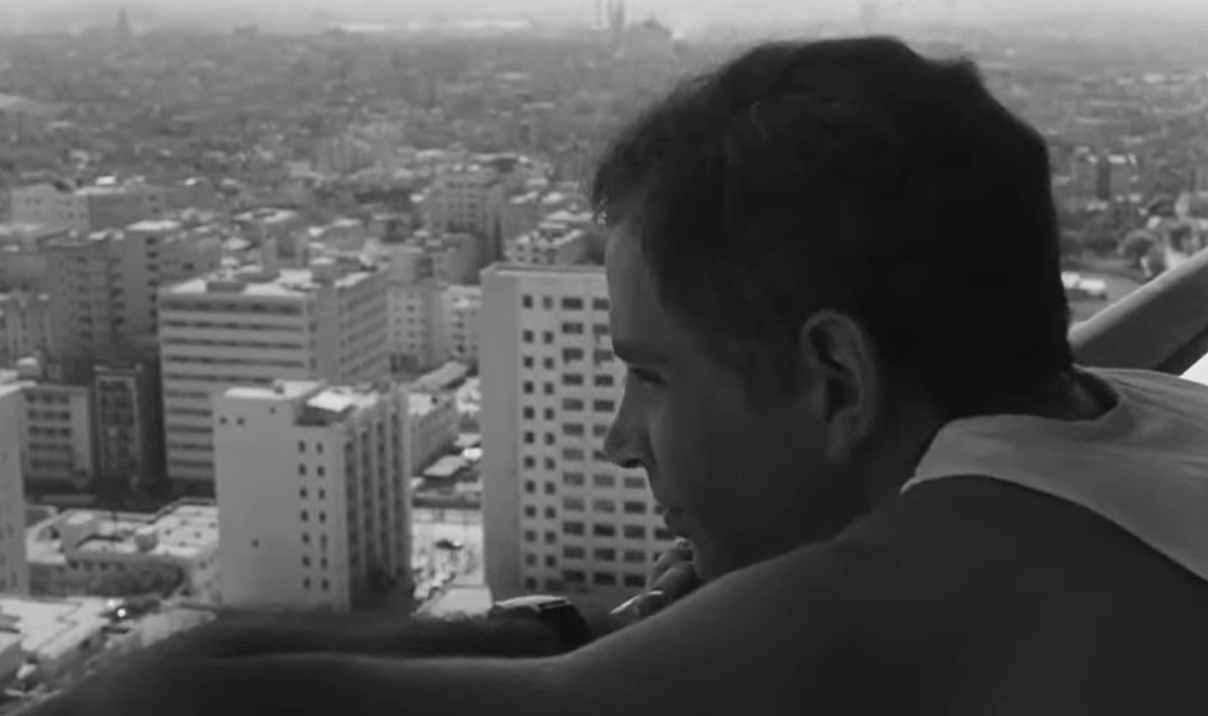
- Sergio Leone’s most epic spaghetti western was Once Upon a Time in the West, which I recently revisited and reviewed. It features a wonderfully villainous turn by Henry Fonda, and a powerful portrayal by Claudia Cardinale as a savvy whore-turned-businesswoman who kicks ass as soon as she shows up on her new home-front. It’s a beautifully shot film with numerous memorable sequences, and another essential score by Ennio Morricone.
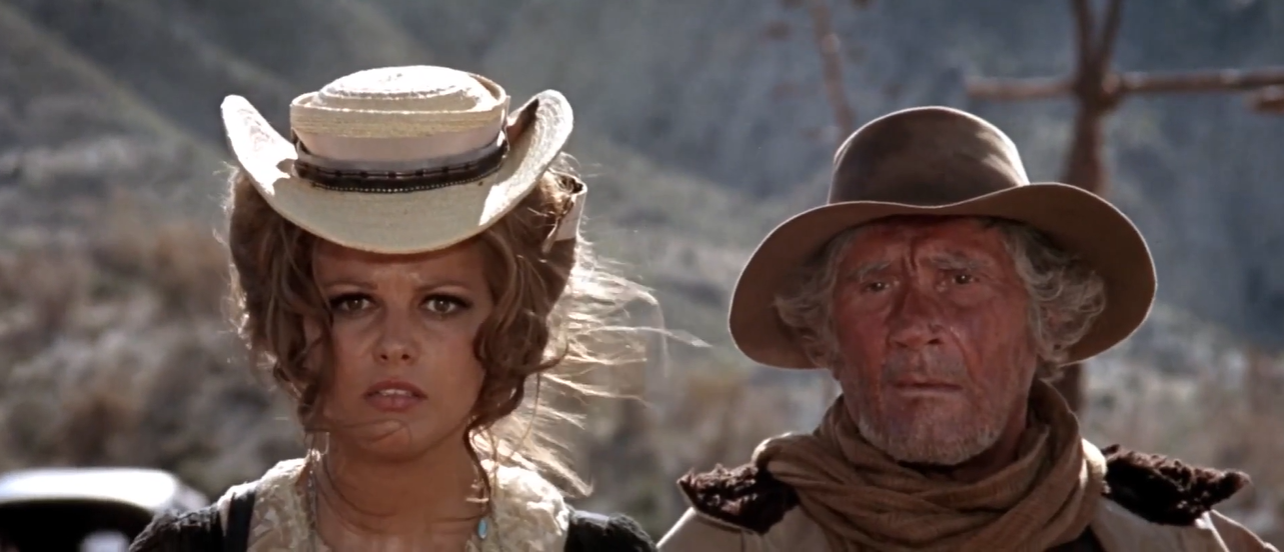
- I also fairly recently rewatched George Romero’s Night of the Living Dead (with my son, to help prepare him for performing in a play adaptation). We both agreed it remains top-notch, and viewers who aren’t too jaded by the many horror films that have come in its wake “will surely find themselves genuinely frightened, at least during the third section of the film, when the situation builds to a feverish pitch, and it becomes increasingly clear that most members of our ensemble cast are not long for this (living) world.”

- Roman Polanski’s Rosemary’s Baby simply never gets old. As I noted in my review, “Each element of this masterfully constructed psychological horror film ‘works’ — from William Fraker’s cinematography, to Polanski’s unusual camera placements (he often films scenes through doorways), to fine use of sound and music, to judicious set designs and strategic use of outdoor New York locales, to the perfect casting of each character.”

- Rosemary’s Baby co-star John Cassavetes was just breaking through with a shift in his own iconic directorial career that year, as seen in Faces — an “utterly bleak yet cinematically groundbreaking look at a bourgeois marriage in decay,” featuring “fine, natural performances by everyone involved, and provid[ing] a daringly unfiltered look at class and gender relations in 1960s America.”

- I’m excited to revisit The Yellow Submarine for the first time with my teenage son (I’ll report back on how that goes). As I noted in my review from back in 2006 (four years before he was born): “The Beatles’ only animated film — featuring their music and their cartoon likenesses but not their actual voices — remains as enjoyable and mind-blowing today as it was 30+ years ago… The sheer variety of animation techniques in Yellow Submarine is blissfully overwhelming,” and “it’s enormously satisfying to see the Beatles immortalized as cartoon caricatures” with “just a few strategically drawn lines mak[ing] each of them instantly recognizable.”

- Of course, in 1968 one must give a shout-out to Stanley Kubrick’s 2001: A Space Odyssey, which earned Peary’s vote as Best Picture of the Year and remains an enduring cautionary tale now more than ever, in the age of proliferating AI. (“I’m sorry, Dave. I’m afraid I can’t do that.”)
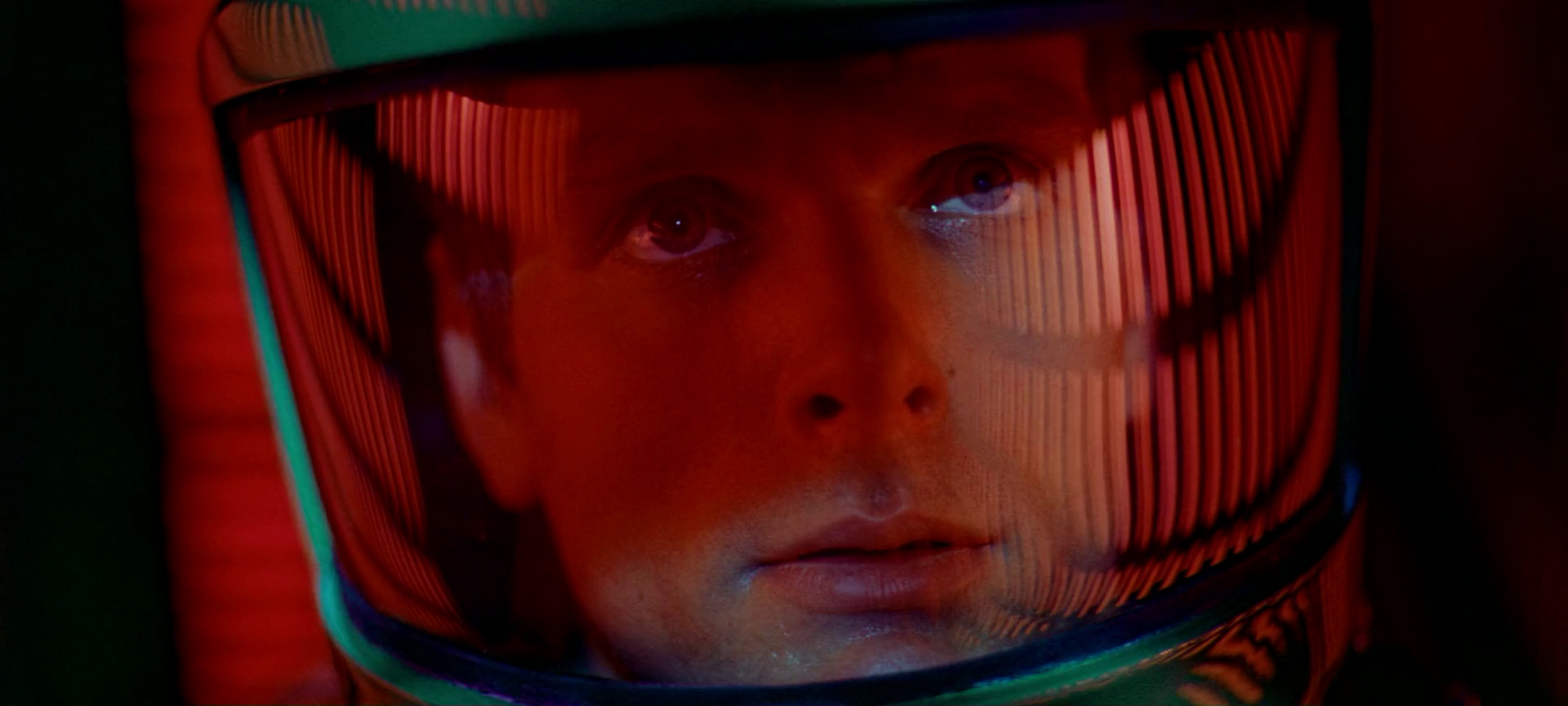
- A must-see cult favorite from 1968 is Michael Reeves’ The Conqueror’s Worm, a.k.a. The Witchfinder General, featuring Vincent Price as infamous witchfinder Matthew Hopkins in a horrific tale of “relentless violence [which] has a (sadly relevant) purpose, showing how easily mankind can descend into joy of torture — or at least mindless acceptance of it as commonplace and necessary.” Also noteworthy is “the film’s gorgeous cinematography, showcasing real-life horror taking place in an atmospheric landscape of Gothic forests, meadows, village squares, and dank interiors.”
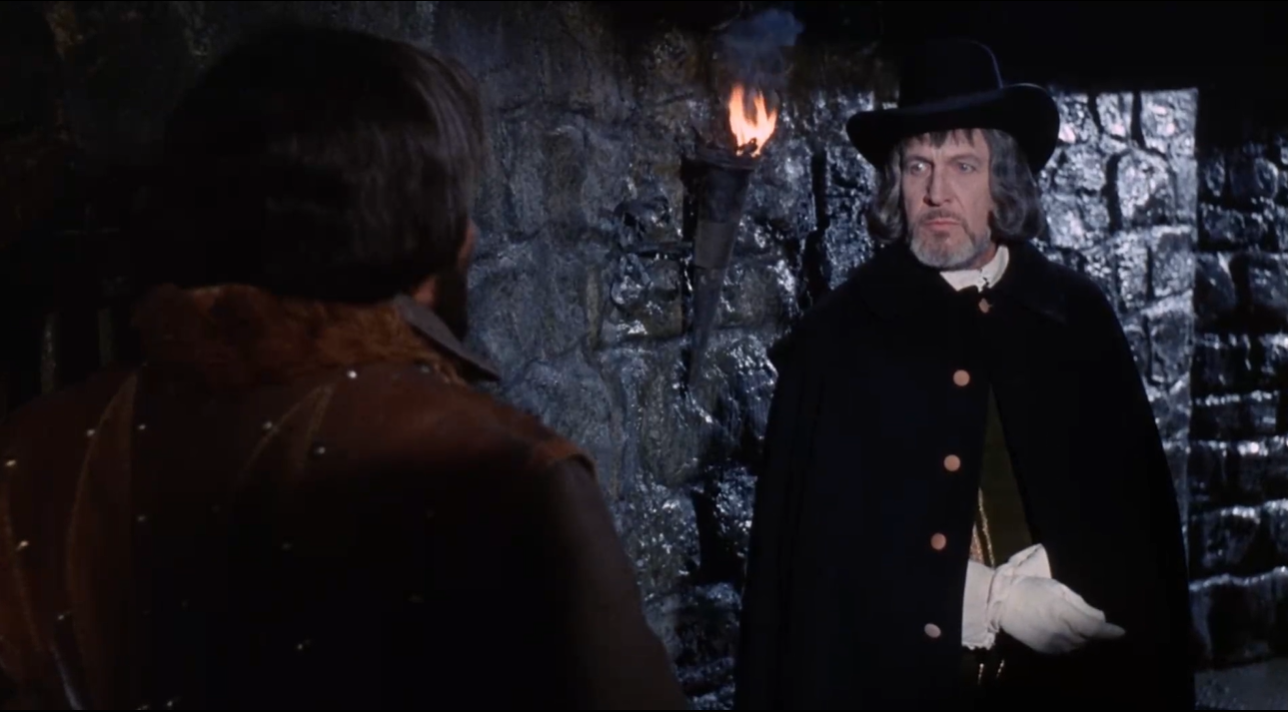
- Speaking of satanism, a personal favorite is Hammer Studios’ The Devil’s Bride a.k.a. The Devil Rides Out, in which “the script, musical score, acting, and set designs all contribute towards the creation of a suspenseful, sometimes humorous tale of demonic possession in our midst,” and the special effects “convey a frighteningly believable alternate universe.”

- Peter Yates’s action-packed crime drama Bullitt, starring Steve McQueen in the title role, remains well worth a look. Interestingly, as I noted in my review, it’s “so closely associated with McQueen’s [Ford Mustang GT Fastback] (and the justifiably lauded car chase it’s involved in) that it’s easy to overlook how enjoyable the film is as a police procedural and character study.”

- A dark comedy classic from that year also worth a revisit is The Odd Couple, based on Neal Simon’s play and starring a perfectly cast Jack Lemmon and Walter Matthau “as the title ‘couple’; their comedic timing and rapport is impeccable.”
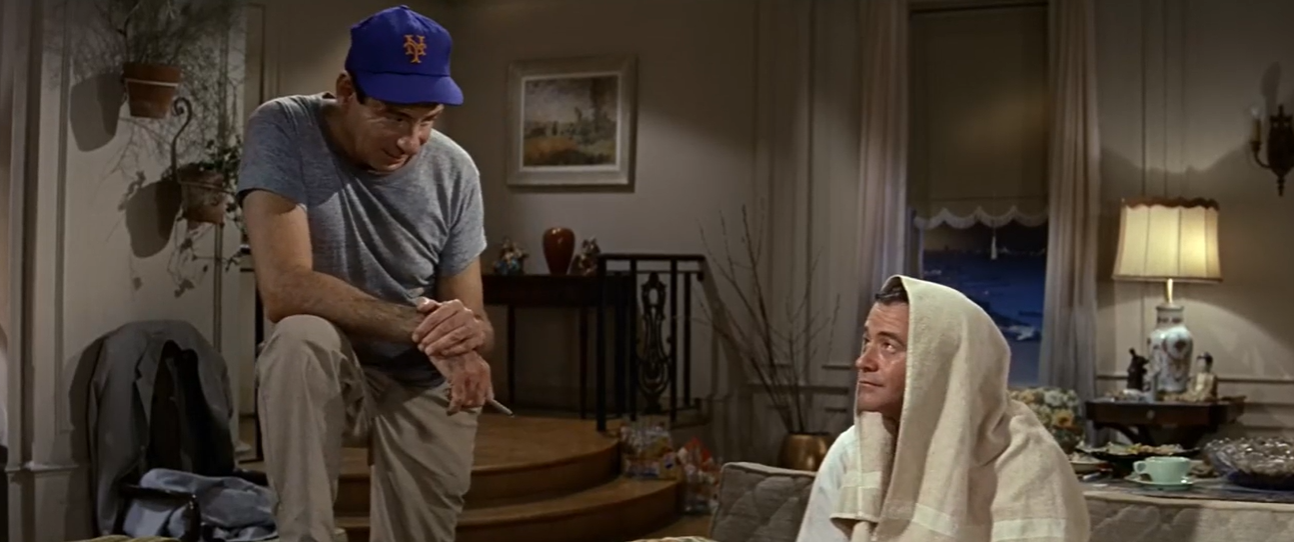
- Finally, there were several highly memorable matriarchal performances that year by aging Hollywood divas. Be sure to check out Bette Davis in Roy Ward Baker’s The Anniversary (though be forewarned that “the words coming out of this anti-mother’s mouth are almost beyond belief”):

… Katharine Hepburn as savvy Elinor of Aquitane in The Lion in Winter, also telling it like it is (“Oh, my piglets, we are the origins of war… We are the killers. We breed wars — we carry it like syphilis inside.”):

… and Shelley Winters as a “hypocritical, brown-nosing mother” in Wild in the Streets, a biting political satire about “Age Police” who’ve “managed to take over the White House and imprison anyone over 35 in LSD ‘concentration camps’.”

Super trippy (literally).
Fifty-six years later, we’re battling different sets of societal and personal demons than in 1968 — yet the films outlined here continue to offer up plenty of compelling and relevant dramas, performances, and insights. The following year (1969) would once again bring cinematic innovations and many noteworthy titles, so — I’ll be back!
